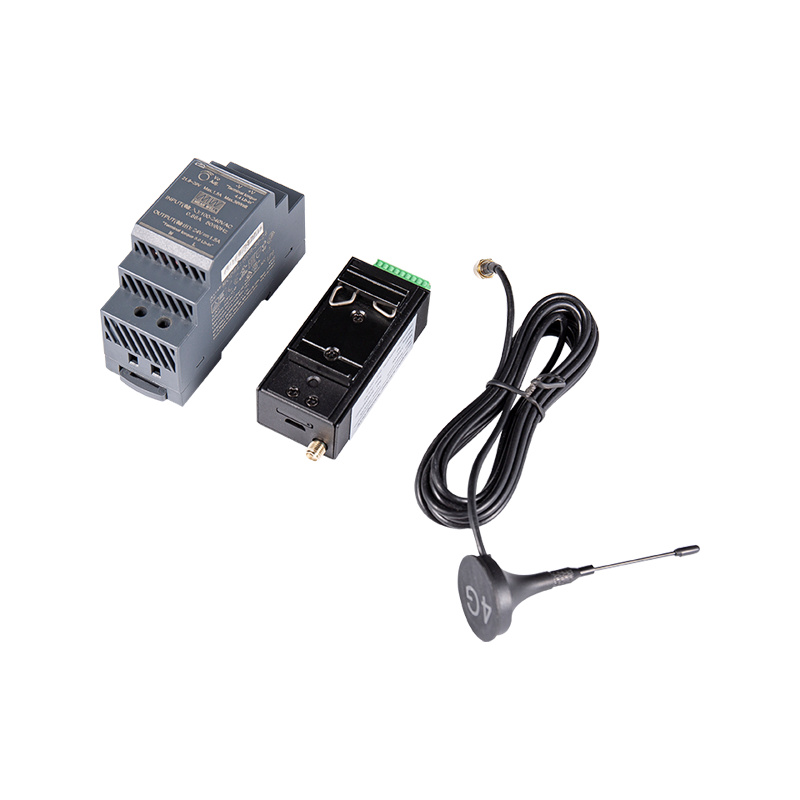Hardware design of microcomputer protection device: the influence of heat dissipation structure and low-power consumption components on reliability and stability
As a key equipment of the power system, the reliability and stability of the microcomputer protection device are directly related to the safe and stable operation of the power system. In hardware design, the selection of reasonable heat dissipation structure and low-power consumption components are important factors to improve the reliability and stability of the device.
During the operation of the microcomputer protection device, especially under high load conditions, a large amount of heat will be generated by the internal components. If this heat cannot be effectively dissipated, it will cause the temperature inside the device to rise sharply, which will lead to serious problems such as overheating of the components, performance degradation and even damage. Therefore, a reasonable heat dissipation structure becomes the key to improving the reliability and stability of the device.
The design of the heat dissipation structure usually includes heat sinks, fans and other methods. The heat sink increases the contact area between the component and the air and improves the heat conduction efficiency, thereby effectively transferring heat from the surface of the component to the air. The fan accelerates the air flow inside the device by forced convection, further accelerating the heat dissipation. The design of this heat dissipation structure not only ensures that the device can maintain a low temperature when running at high load, but also greatly improves the service life of the components and the stability of the device.
In addition to the heat dissipation structure, the selection of low-power components is also an important means to improve the reliability and stability of microcomputer protection devices. Low-power components generate less heat at the same performance, thereby reducing the heat generation inside the device. This not only reduces the burden on the heat dissipation structure, but also enables the device to maintain good performance during long-term operation.
The selection of low-power components is not only about the heat generation, but also about the overall performance and quality of the components. High-quality low-power components usually have higher operating frequencies, lower power consumption and better stability. These characteristics enable microcomputer protection devices to show higher reliability and stability when dealing with various complex working conditions.
In practical applications, the selection of heat dissipation structures and low-power components needs to take into account multiple factors. For example, the design of the heat dissipation structure needs to take into account factors such as the installation environment, space constraints and cost of the device. The selection of low-power components needs to be weighed according to the specific performance requirements, power consumption budget and cost of the device.
It is worth noting that the heat dissipation structure and low-power components are not two isolated design elements. There is a close connection and mutual influence between them. On the one hand, the selection of low-power components can reduce the burden of the heat dissipation structure, making the heat dissipation design simpler and more effective. On the other hand, a reasonable heat dissipation structure can further improve the performance and stability of low-power components, thereby ensuring the overall performance of the microcomputer protection device.
In addition, with the continuous development of science and technology, new heat dissipation technologies and low-power components are constantly emerging. For example, new heat dissipation methods such as liquid cooling technology and heat pipe cooling technology, as well as low-power components using new materials and new processes, all provide more choices and possibilities for the hardware design of microcomputer protection devices. The application of these new technologies and new components will further promote the development of microcomputer protection devices towards higher reliability and higher stability.





